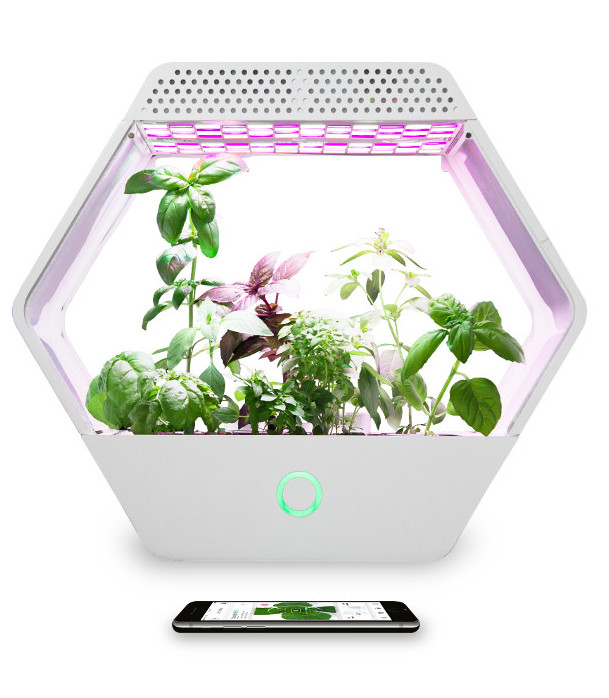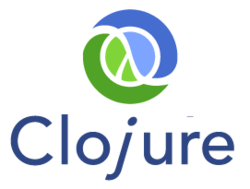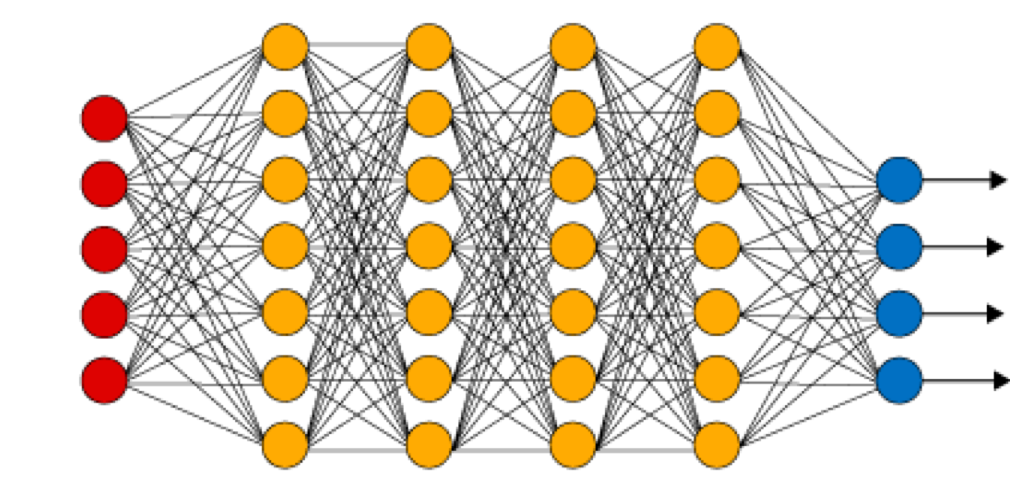Our story
The past
Sinapsi is a software boutique founded in 1996 by four researchers, as the name of the company suggests, raised at the laboratory of Artificial Intelligence of the ENI Group Spa.

The company is led by Giacomo (Mimmo) Cosenza and Alberto Riva. It would be long, and probably boring, both for us and for the reader, to tell all the things happened in over 20 years of activity.

There were moments, during the short Internet bubble of 2000, in which virtually every Italian and foreign multinational tried to gain control of Sinapsi from its founders. The difficulties, however, have always been much more lasting. But you’ll never see a driver become good driving on smooth and flat roads.

The only real constant in more than two decades passed since the foundation of Sinapsi has been the persistent passion of Sinapsi’s partners and collaborators for their work. For those who, before becoming an entrepreneur, have been researchers, this passion expresses itself in renewing the dedication to the study and application of new technologies and working methods.

We have been the first in the world in 1997 to create an internet banking system based on Server Side Java, and we continue to have a kind of intuition in identifying the technologies that will succeed in imposing themselves on the market.
The present
Today we do many things, some very funny and innovative, others more traditional, at least for those customers who have reached a significant level of maturity of their information systems.

Among the things that have most amused us in the last lustrum of activity there is the development of the software for Linfa, an hydroponic micro-greenhouse created by Robonica Srl.

One programmaing language to rule them all
Why did we have so much fun? Because we have managed to use a single programming language, Clojure/ClojureScript, on the entire software stack:
- the management of on-board sensors and actuators;
- the back-end, hosted in the cloud on the Amazon IaaS (Infrastructure as a Service);
- the iOS and Android apps.

This was only possible thanks to the significant investment in the study and practice of functional programming languages and, at the same time, the adoption of the most sophisticated product life-cycle management methodologies and tools supporting it.
Robonica’s Linfa project, like any other startup project, despite having stringent time-to-market objectives, has undergone continuous specification changes and only the adoption of an agile methodology was able to help the team complete the project on schedule.

Over time, we have consolidated our experience about product life-cycle management, by following the direction of the DevOps movement. We have extracted the Best Practices and we are now bringing them to our clients.
The future
Ours is a circular time. We are coming back from where we started. In Italy, we are among the very few software companies to boast a solid expertise in the Artificial Intelligence technologies, since we had been practising it for over a decade in the mid-80s. This is why, with a bit of haughtiness, we listen with suspicion to those talking about Machine Learning and Deep Learning, as if they had always been working with these technologies.

When we started to use neural networks at the beginning of the 1990s, we had also to write the training algorithms as well, strictly in C. The computational power was ridiculous, if compared to that of today. However, since we worked in the research laboratories of a petroleum company, we had significant volumes of seismic data at our disposal, so we could not complain about the unavailability of data, a problem which affects most of the current AI initiatives, aside from the ones guided by big companies.

We are eager to meet Italian clients who really have enough data to apply these technologies. In the recent past, 2010-2012, we applied AI technologies to analyse the socio-demographic categories of Italian web surfers, covering about 80% of Italian internet traffic.

We are now beginning to apply the algorithms of computer vision to the images shot by Linfa’s embedded cameras to diagnose the health of plants and to predict the time and the quantity of harvest.

Like many others, practically all, we have to thank Google for giving us Tensorflow. We can now concentrate on the problems we have to solve, instead of on writing correct and performant C/C++ code as we did did 30 years ago.
We are always hopeful of being able, sooner or later, to allow our algorithms to know how to respond, like Doctor Know of AI, to the child asking: “Why”. Something that, still today, no DeepLearning system is able to do.
